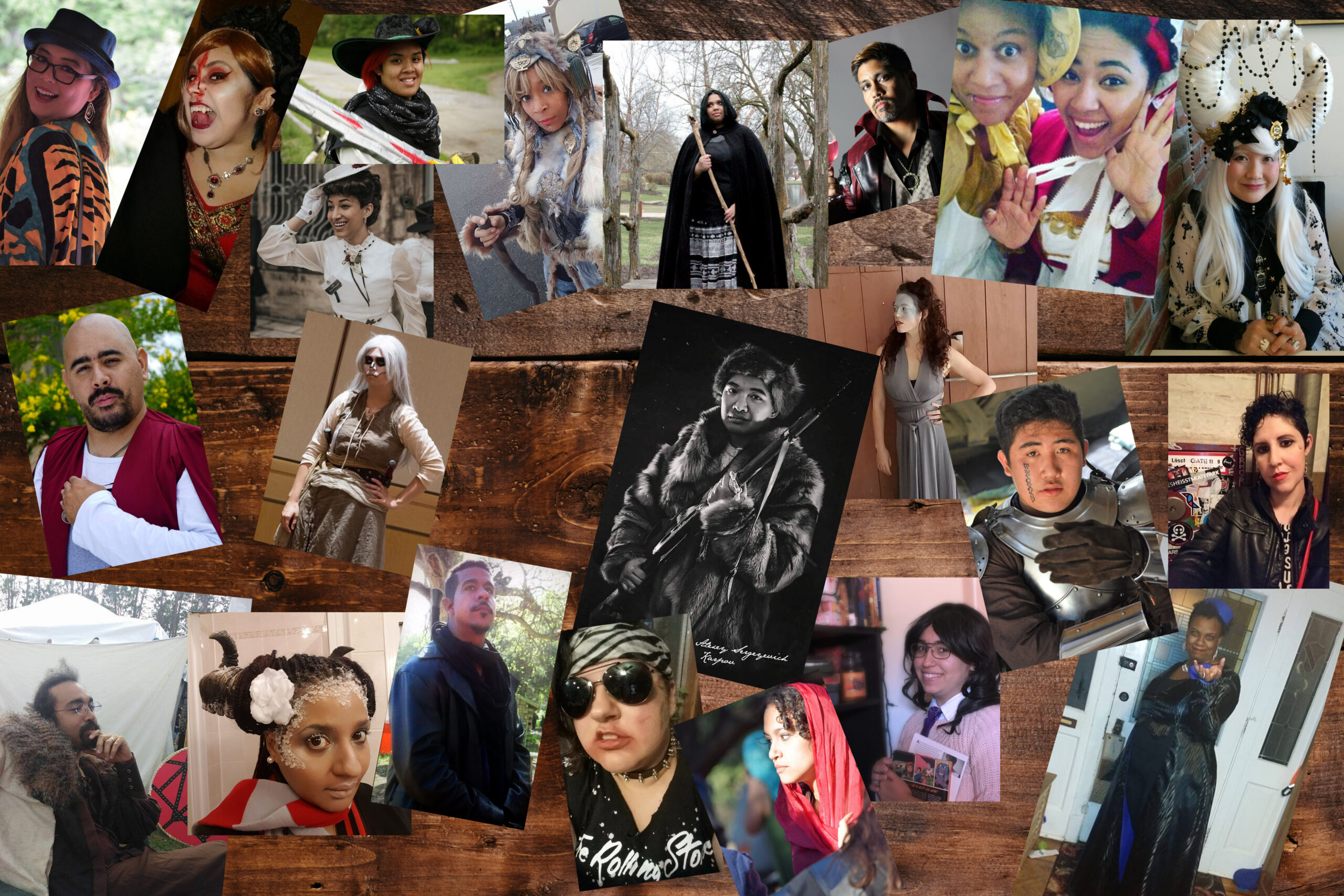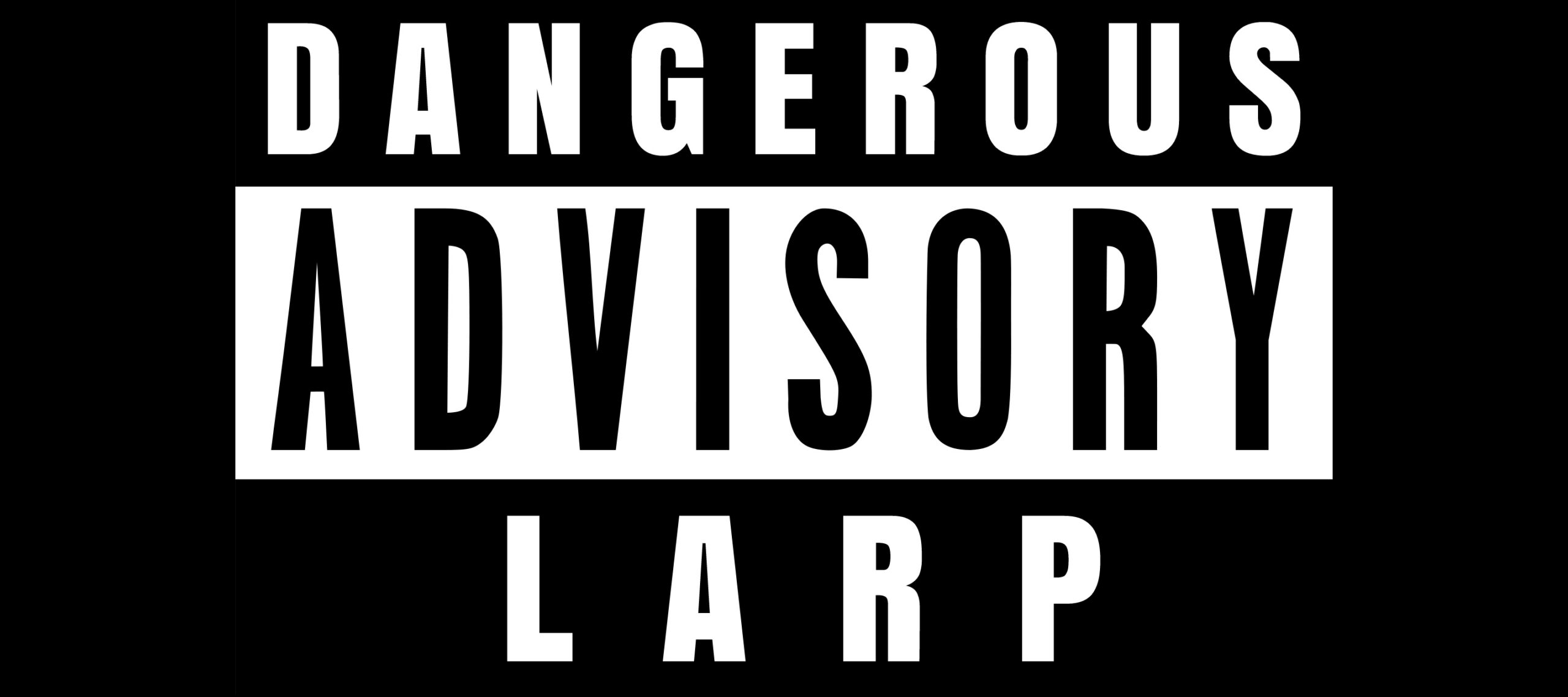Category: Joker
Discussions and reflections on the larp community. Part of a collection of articles written as companion pieces to the larp conference Knutpunkt 2018.
-

More Than a Seat at the Feasting Table
in
As Larp as a medium of experience design and performance begins to take traction globally as a source of entertainment, increasingly larp communities are facing a problem that cannot be swept aside any longer: there is a distinct lack of inclusion of people of color in all levels of larp. In order to include people…
-

Playing Safe?
in
A number of high profile articles and discussions about safety in Nordic larp seem to imply that safety has become the primary concern for larp design. This article interrogates that implication by a series of interviews with larp designers, and experts on safety.